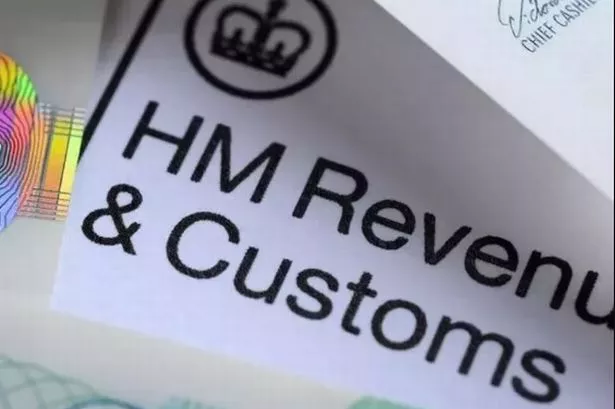As part of Chancellor Jeremy Hunt's plans laid out in the March Spring Budget, the self-employed were handed a further 2% cut to national insurance as April 6. Taken together with changes in the Autumn Statement, this is a tax cut worth more than £20 billion per year, making it the largest ever cut to employee and self-employed National Insurance.
This cut is expected to save the average self-employed person £650 a year. The experts at Dolan Accountancy explain the changes that came into effect this month and what the self-employed need to know.
What has changed for the self-employed?
Just like anyone who works for an employer, if you're self-employed, you need to make National Insurance contributions on your profits when you earn above a certain amount. Building up National Insurance contributions over your working life entitles you to the state pension, plus other benefits, but what exactly is changing for the self-employed this month?
If your profits are above £12,570 a year, you will have been paying two 'classes' of National Insurance Contributions: Class 2 and Class 4 rates. But as of April 6, 2024, several reforms came into effect.
Building on changes made at the Autumn Statment, the government has made further cuts to the main rate of Class 4 national insurance contributions for self-employed workers. From April 6, self-employed Class 4 National insurance contributions were cut from the proposed 8% to 6% on profits between £12,570 and £50,270.
Class 2 national insurance will be scrapped
The weekly Class 2 flat rate has been abolished for those with profits exceeding £12,570. Those with profits under £6,727 who pay Class 2 contributions voluntarily, will retain access to contributory benefits including the state pension.
The government’s decision to implement these tax changes comes from recognising the challenges the self-employed face. By cutting their tax, the government hopes to alleviate some of this pressure and encourage self-employment.
How much will this save the average self-employed worker?
Self-employed workers have had to wait until April for their first cut, but now get two at the same time. This means that from April 6 the main rate of Class 4 NICs for the self-employed will now be reduced from 9% to 6%. The reduction in Class 4 NICs combined with the abolition of the requirement to pay Class 2, will save an average self-employed person (on a salary of £28,000) £650 a year. Class 2 and Class 4 NICs are paid as part of the Self-assessment so these changes will be part of the tax calculation for your 2024/25 tax return.
What does this mean for the low-income earners?
The experts at Dolan Accountancy said removing Class 2 NICs for those with profits over £12,570 was good news in terms of tax saving and having one less tax to worry about, but a big question being asked is what all of this means for those below the Small Profits Threshold (earning profits below £6,725) and how this will affect their future state pension entitlement.
Class 2 has been effectively abolished, however low-income earners need to be aware that Class 2 NI can still be paid voluntarily. If you mistakenly stop paying voluntary Class 2, you may later find they are not entitled to the state pension.
On the surface, the cuts to national insurance are good news for self-employed workers, but further changes to the remaining Class 2 NIC system will be needed in the future and any changes should be consulted on fully to ensure that the lowest income self-employed have a means of keeping their contribution record intact.




















